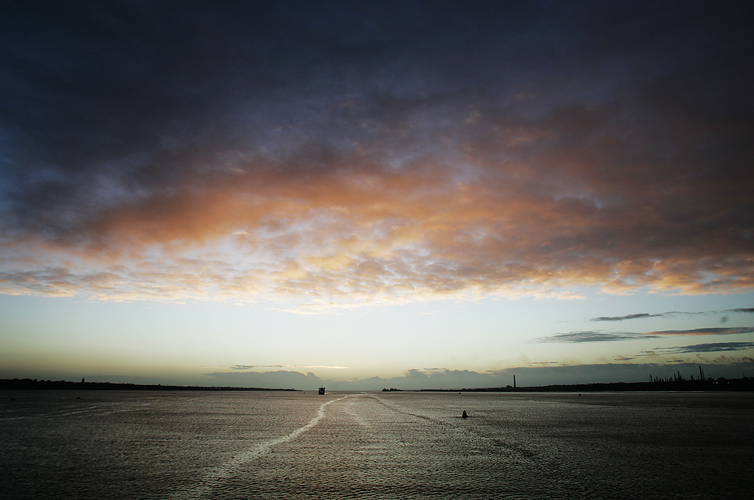It’s inevitable now that photographers will have some kind of online presence, whether you have an online portfolio or a full range of avenues to promote yourself. With so many options available I’ve written up a brief guide to how to manage it all (and your expectations).
Even the most stalwart of photographers today will have a website to their name as an online portfolio. With dozens of free templates knocking around you can quickly put together a showcase that, five or six years ago, would cost you a weekend and a fee. Hosts such as PhotoShelter offer WordPress back end sites that are highly searchable and easy to manage (from the office or location). In addition it also offers an archive service and many other client functions. If the monthly fee puts you off you can easily stick with WordPress and utilise one of the thousands of pre-coded photography themes. WordPress can act as a portfolio as well as a blog, so it’s great for those who like to manage all their assets in one place.
Having your own corner of the web is all well and good but you need to draw people towards you – and this is where social media sites can play a role. With so many to chose from it’s well worth while trying a few out before settling on those that feels comfortable and natural to use. Not every social media portal is right for every photographer. For example I don’t have a Facebook page but I know plenty of wedding photographers who do and who use it well to market their business. For editorial work it’s less of a bonus – most art editors probably don’t want to be hassled from every angle. Twitter is great for many things but promotional tweets can soon get lost amongst the maelstrom. Some of the more successful photographers on Twitter use the platform as an extension of their personality (and at the same time promote themselves). Again this isn’t for everyone, if your writing isn’t as lucid as you’d like you might need the extra characters.
Away from the big two you can dedicate your time to photography sites such as Flickr, 500px and deviantArt – although you’re preaching to the converted here so don’t expect too much direct work. LinkedIn is a good resource for reaching out to people, but again be realistic – an art editor with hundreds of contacts isn’t going to sit bolt upright when you request to be their connection.
Above all realise that social media, in what ever form, takes time to develop and nurture. A week on Twitter probably won’t lead to commissions, but over the last few months/years I’ve had plenty of work through Flickr, Twitter and my blog to justify the time spent on them. Each one has benefits so take your time developing your online strategy.

